Ozark Chinquapin Chestnut Lumber
- July 25, 2023
- 0 comment
Ozark Chinquapin Lumber is a prized hardwood derived from the Ozark Chinquapin tree, native to the Ozark Mountains in the central United States. The tree stands at a medium-sized height of 60 to 80 feet with a 2 to 3-foot diameter. Its dried wood has an average weight of 31 lbs/ft^3 and a specific gravity of 0.50 to 0.56. Notable properties include a Janka hardness of 900 lbf, modulus of rupture of 14,500 psi, elastic modulus of 1,790,000 psi, and crushing strength of 8,200 psi.

The wood features a fine, uniform texture and straight grain pattern, with hues ranging from light to medium brown. Its excellent resistance to decay and insects makes it suitable for outdoor applications. Ozark Chinquapin Lumber is valued for its workability, mild scent, and absence of allergies or toxicity risks.
Due to limited distribution, sourcing may be challenging, but it is a preferred choice for furniture, cabinetry, flooring, and outdoor projects. Sustainable harvesting and conservation efforts are essential to protect this species.
| Common Name(s) | Ozark Chinquapin |
|---|---|
| Scientific Name | Castanea pumila var. ozarkensis |
| Distribution | Ozark Mountains, central United States |
| Tree Size | Medium-sized, reaching up to 60-80 feet in height and 2-3 feet in diameter |
| Average Dried Weight | Approximately 31 lbs/ft^3 or 495 kg/m^3 |
| Specific Gravity | 0.50 – 0.56 (Air-dried) |
| Janka Hardness | 900 lbf (4,000 N) |
| Modulus of Rupture | 14,500 psi (100 MPa) |
| Elastic Modulus | 1,790,000 psi (12,350 MPa) |
| Crushing Strength | 8,200 psi (56.5 MPa) |
| Shrinkage | Radial: 5.5%, Tangential: 9.4%, Volumetric: 14.9%, T/R Ratio: 1.7 |
Characteristics
Color/Appearance
Ozark Chinquapin lumber showcases a beautiful range of colors, with its heartwood spanning from light to medium brown, creating an inviting and warm aesthetic. The sapwood, which is lighter in color, provides a pleasant contrast. When the wood is polished, it exhibits an attractive luster, enhancing its visual appeal.
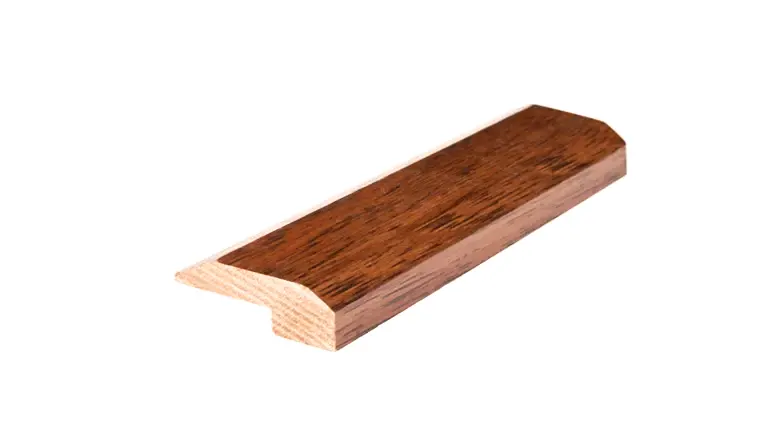
Grain/Texture
The wood’s grain pattern is predominantly straight, creating a clean and consistent appearance. This straight grain, combined with a fine and uniform texture, contributes to its remarkable workability and ease of finishing. The wood’s even texture further enhances its versatility for various woodworking projects.
Rot Resistance
One of the standout features of Ozark Chinquapin lumber is its excellent natural resistance to decay and insect infestations. This inherent durability makes it a preferred choice for outdoor applications, where exposure to moisture and pests might be a concern.
Workability
Woodworkers appreciate Ozark Chinquapin lumber for its exceptional workability with both hand and machine tools. It cuts smoothly and cleanly, making it easy to create precise shapes and intricate details. The wood also holds nails and screws securely, ensuring reliable joinery in construction. Furthermore, it glues and finishes satisfactorily, making it a delight to work with for various woodworking projects.
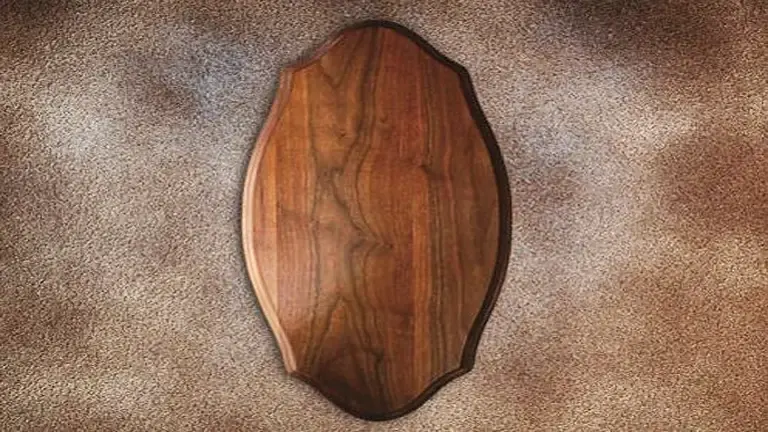
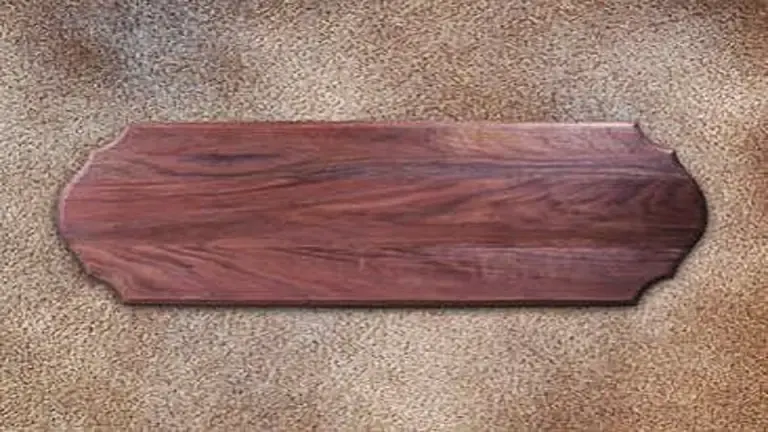
Odor
When freshly cut, Ozark Chinquapin lumber may emit a mild, pleasant scent. This natural fragrance adds to the overall experience of working with the wood.
Allergies/Toxicity
Ozark Chinquapin lumber poses no known hazards or specific risks regarding allergies or toxicity. It is generally considered safe for use in woodworking and poses no major health concerns.
Pricing/Availability
Ozark Chinquapin lumber’s limited distribution and relative scarcity can make it more challenging to find compared to more readily available hardwoods. As a result, it may be priced higher due to its rarity and unique properties.
Sustainability
Ozark Chinquapin trees have faced challenges, including disease and habitat loss, leading to a decline in their population. Sustainable harvesting practices and reforestation efforts are crucial to preserving and protecting this species for future generations.


Common Uses
Ozark Chinquapin lumber finds application in various woodworking projects, including furniture, cabinetry, interior trim, and flooring. Its impressive resistance to rot makes it well-suited for outdoor projects such as crafting durable and weather-resistant outdoor furniture and decking. Woodworkers value its workability and attractive appearance, making it a sought-after material for specialty items and artisanal creations.
Frequently Asked Question
- Is Ozark Chinquapin lumber suitable for outdoor projects?
Yes, Ozark Chinquapin lumber’s natural rot resistance makes it a good choice for outdoor applications, such as decks and outdoor furniture. - Where can I find Ozark Chinquapin lumber?
Due to its limited distribution and relative scarcity, Ozark Chinquapin lumber may be available in specialty lumberyards or from suppliers specializing in native and rare hardwoods. - Is Ozark Chinquapin lumber endangered?
The Ozark Chinquapin tree has faced challenges, including a blight that significantly reduced its population. While efforts are underway to conserve and restore this species, it is essential to use this wood responsibly and support sustainable practices. - Can I use Ozark Chinquapin lumber for structural purposes?
Yes, Ozark Chinquapin lumber’s strength properties, such as modulus of rupture and elastic modulus, make it suitable for structural applications. - How should I finish Ozark Chinquapin lumber?
Ozark Chinquapin lumber finishes well and can be enhanced with oil or clear finishes to bring out its natural beauty.
We’d love to hear from you! Share your personal experiences and thoughts about Ozark Chinquapin lumber in the comments section below. Your insights could be invaluable for others considering this distinctive wood for their projects!


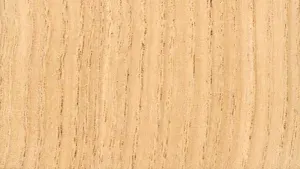
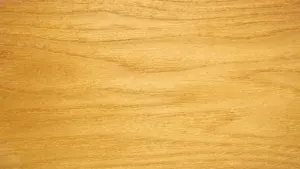

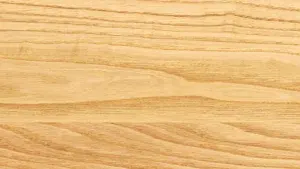

Leave your comment